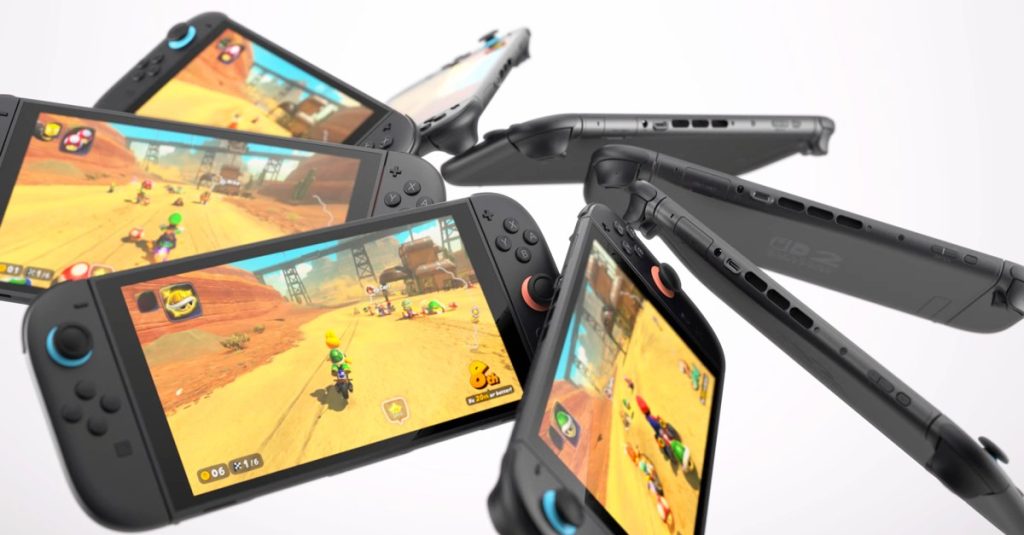The potential relocation of Nintendo Switch 2 production to the United States raises significant logistical and financial challenges, especially in light of tariffs imposed during the Trump administration. Major hardware manufacturers, including Nintendo, are grappling with the complexities of such a transition.
Timeframe for Production Shift
Experts estimate that establishing production facilities in the U.S. would be a lengthy process. Joseph Foudy, an economics professor at New York University Stern School of Business, indicated that setting up a final assembly factory involves multiple steps: acquiring land, constructing the facility, and hiring personnel. This process could take years.
Current Manufacturing Landscape
At present, Nintendo sources over half of its hardware from Vietnam and Cambodia, with the remainder produced in China. Moving to U.S. production would not eliminate tariffs entirely, as importing custom components would still incur additional costs. The labor expenses in the U.S. are also significantly higher, which could inflate the retail price of the Switch 2. Analysts suggest that if Apple were to shift production stateside, the price of an iPhone could nearly double due to these factors.
Historical Context of Manufacturing Decisions
Nintendo had previously shifted some Switch production away from China, opting for Vietnam and Cambodia as alternatives. This decision, made approximately six years ago, has allowed Nintendo to avoid the full brunt of current tariff rates that can reach 125% on Chinese imports. Increasing production in these countries may help mitigate costs associated with tariffs.
Impact of Current Tariff Policies
The recent adjustments in tariff policies, such as the temporary reduction of tariffs to 10% for most imports outside of China, do not fundamentally change the long-term challenges. Experts like Foudy note that the possibility of a trade deal or exemption for the gaming industry remains uncertain, further complicating the potential for U.S. production.
Consumer Price Concerns
The implications of these production decisions extend to consumers, particularly regarding pricing. Nintendo of America president Doug Bowser stated that tariffs did not influence the Switch 2’s $450 price point, yet analysts remain skeptical. Predictions indicate that if conditions worsen, the price might escalate closer to $600. This is similar to forecasts for other tech products, with estimates suggesting substantial increases for items like iPhones if costs are passed on to consumers.
Conclusion
In summary, the likelihood of Nintendo rapidly shifting Switch 2 production to the U.S. is minimal, especially ahead of the console’s anticipated launch in June. The complexities of international manufacturing and tariff implications continue to challenge manufacturers seeking to navigate a difficult economic landscape.
Foudy succinctly captured the essence of the situation: “Nintendo, like many manufacturers, is a ship in a storm that is struggling not to get hit by a big wave as best it can, but has little control over its fate.”

